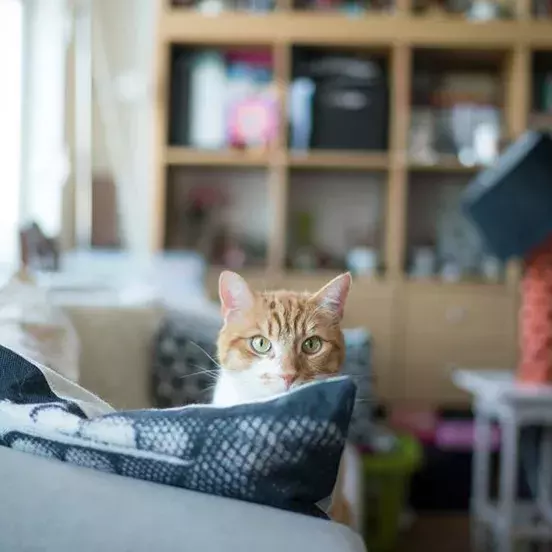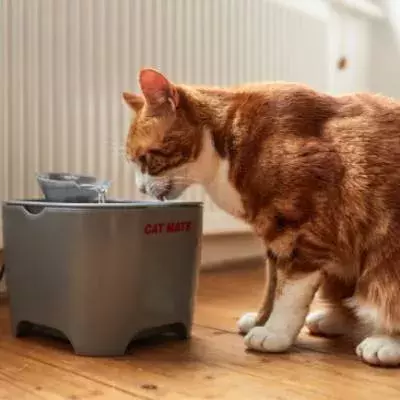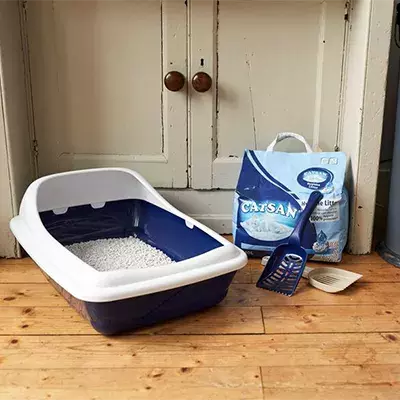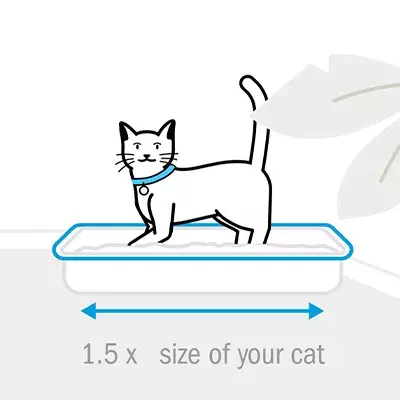Cats going to the toilet around the house, and urinating outside the litter tray, is a common issue reported by owners, but with the right information it is relatively easy to solve.
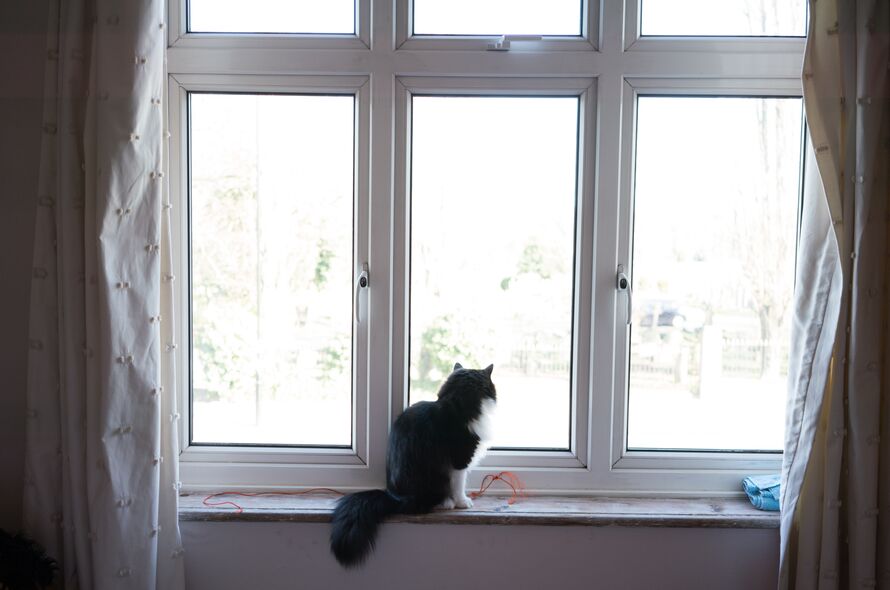
You might think that your cat urinating around the house is a kind of protest or that your cat is getting back at you for something, but they’re not. You shouldn’t punish your cat in any way, but there is always a reason behind the behaviour.
Your cat is likely to go to the toilet outside the litter tray, or around the house, for one of four different reasons:
- The cat has a medical condition. This would usually, but not always be to do with the cat’s bladder or bowel. They might be stressed out, or in pain, and therefore avoid the tray, or just may not make it there in time. Older cats that have osteoarthritis or are suffering from some cognitive decline may also go to the toilet outside the tray. If your cat has a condition that makes them drink more, they may actually be using the tray more often and it might have got dirty or be less pleasant than normal which could also put them off.
- The cat is suffering from a condition called Feline Idiopathic Cystitis. This type of Cystitis in cats is stress-related and urinating outside the litter tray is one of the most common signs.
- The cat is stressed. This can be caused by something as simple as a change in the type of litter material being used in the tray; it may smell strange or have a different texture. The litter tray also may not be being cleaned as regularly as they would like. Alternatively, it could be a conflict with another cat in the household, intimidation from unfamiliar cats outside, or lots of unpredictable activity in the household.
- The cat is marking their territory. Cats do this as a means of communicating with any other cats and to reassure themselves about their environment.
If your cat suddenly starts going to the toilet outside the litter tray it’s a good idea to make an appointment with your vet. This can be helpful in ruling out or diagnosing any medical issues. If possible, make a note of any different behaviour you’ve noticed in your cat as this can also help your vet to narrow down any causes. If your vet is able to identify the problem, then with treatment it’s likely that the issue will be resolved.
It’s not the case that some cats are just “like this” and in fact your cat might be in pain, or discomfort, or just stressed in their surroundings, so it’s best to address the situation rather than hope it resolves itself.
WHAT CAN I DO TO STOP MY CAT GOING TO THE TOILET AROUND THE HOUSE?
Once you’ve taken the time to figure out the reason, it can often be quick and easy to stop your cat going to the toilet around the house.
- Make sure your cat’s environment is working for them, and that all their needs are being met.
- Make sure your cat’s litter tray isn’t the cause of the problem. Take a look at our advice on litter trays for more information. If your cat hasn’t used a litter tray before and has always gone to the toilet outside then they may be experiencing stress outside the house. Providing them with an indoor litter tray option could help solve the issue.
- Keep a diary – make a note of what, where and when! This information will help your vet, or a behaviourist if needed, and can help you monitor progress of any steps you are taking to resolve the problem.
- Clean the area thoroughly – see our guidance on cleaning cat urine below.
- If you’re still experiencing an issue, it’s a good idea to get in touch with your vet again and consider asking for their recommendations on a qualified cat behaviourist.
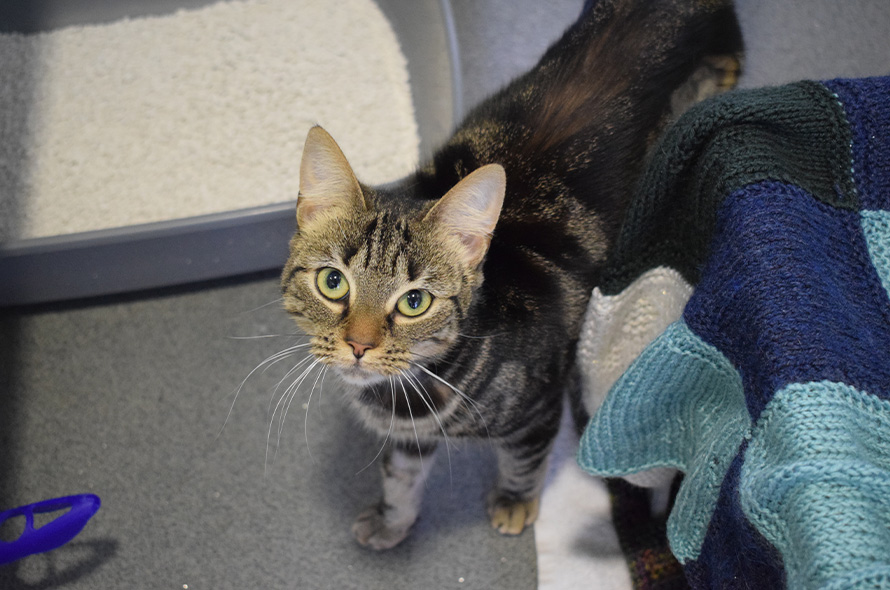
HOW CAN I CLEAN UP CAT URINE?
It’s best to clean the area as soon as possible, to avoid the cat repeatedly going back there. If there is a mark, then a good enzymatic cleaner specifically for removing the stain and odour of pet urine or faeces will help. Your vet may be able to recommend a product to you, or alternatively, try this four-step process for cleaning up cat urine:
- Remove as much as possible using paper towels.
- Mix a 10% solution of biological washing powder (1-part powder, to 9 parts water) and agitate the soiled area using a soft brush, taking care not to oversaturate.
- Rinse with a small amount of clean water and pat dry with paper towel.
- Spray a light mist of surgical spirit over the area and pat dry with paper towel.
- Duvets and cushions can be professionally cleaned but this process will work for any absorbent surfaces, such as carpets and fabric. Test any cleaning products on a small area first as they may affect the colour of the item you are cleaning.
